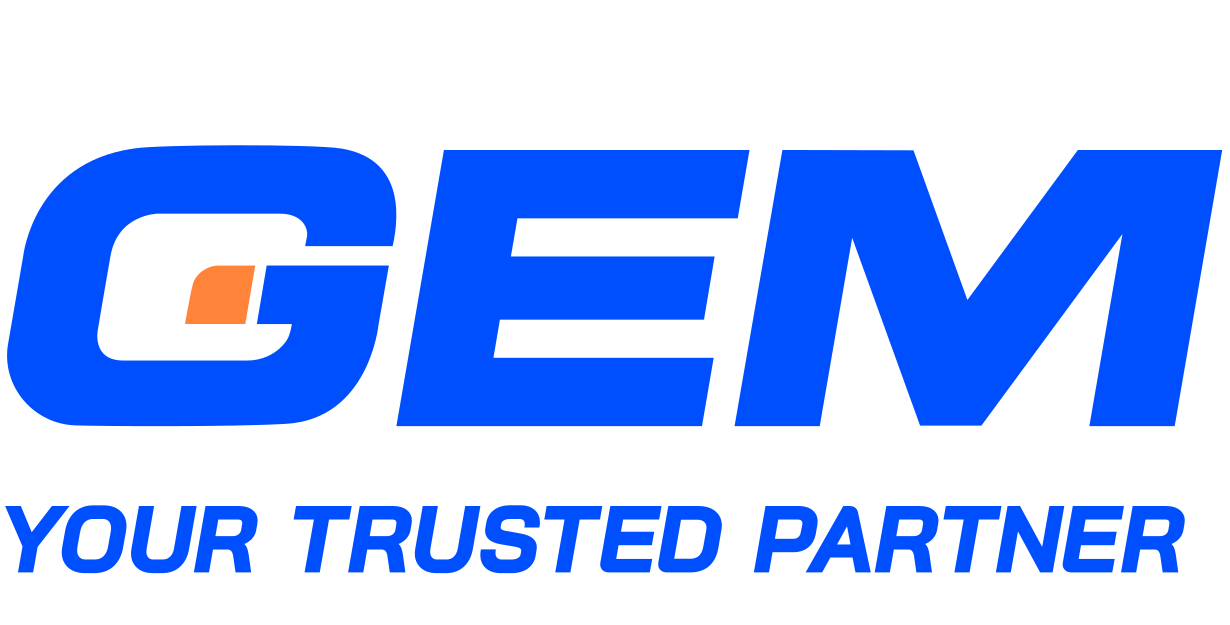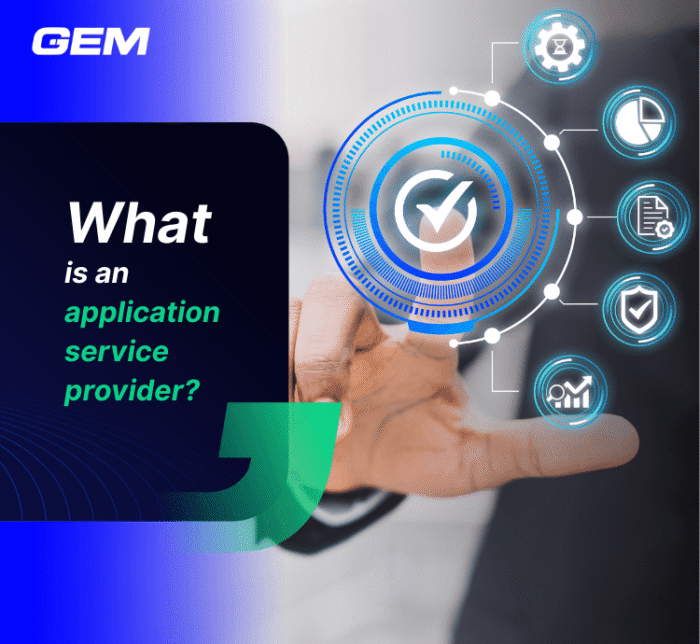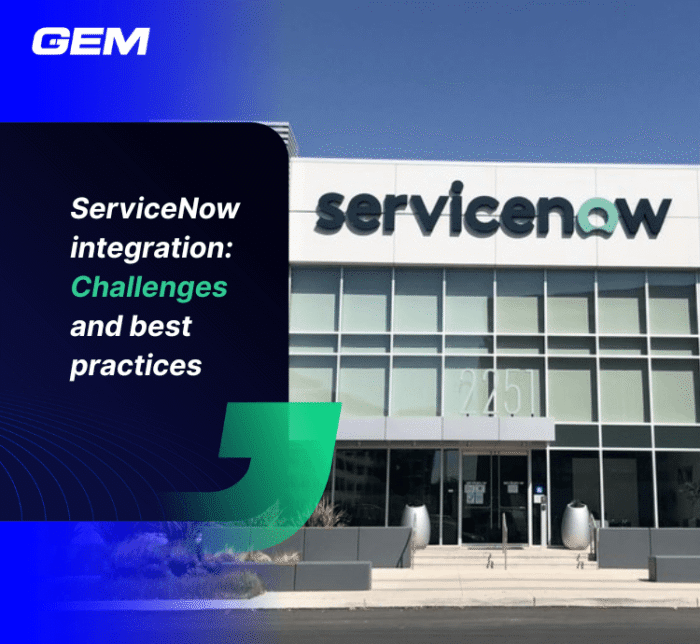Contents
Nowadays, for businesses, building scalable and agile applications is crucial for responding swiftly to changes in customer demand, technological advancements, and market conditions.
This is where software architectures like Service-oriented architecture (SOA) and Microservices come into play. Both approaches offer ways to decompose complex functionalities into smaller, manageable units. However, choosing the right one for your project can be a challenge. This article will explore the key differences between them, helping you decide which architecture best suits your needs.

SOA vs Microservices – The definitions
First, let’s briefly recap the definitions of these terms.
Service-oriented architecture (SOA)
This is a design paradigm and architectural pattern where functionality is grouped into services, which are discrete and reusable software units that can be independently developed, deployed, and maintained. These services communicate over a network using standardized protocols and interfaces.
Key characteristics of this architecture include:
- Loose coupling: Services are independent of each other, minimizing dependencies which allows for easier maintenance and updates.
- Interoperability: Services can interact with each other and with other systems regardless of the platform or the technology used, facilitated by using common communication standards like HTTP, SOAP, or REST.
- Reusability: Services are designed to be reused in different scenarios and applications, promoting efficiency and reducing redundancy.
- Abstraction: The service’s implementation details are hidden from the end users and other services.

Microservices architecture
Microservices architecture is an approach to developing a single application as a suite of small, independently deployable services, each running in its own process and communicating with lightweight mechanisms, often an HTTP-based API. Each microservice is tightly focused on a specific business function and can be developed, deployed, and scaled independently.
For example, many business processes within an organization require user authentication functionality. Instead of having to rewrite the authentication code for all business processes, you can create and reuse a single authentication service for all applications. Similarly, most healthcare systems, such as patient management systems and electronic health record (EHR) systems, require patient registration. These systems can call a common service to perform the patient registration task.
The key characteristics of it are:
- Highly easy to maintain and test: With microservices, the development team can easily test each component and perform maintenance. Therefore, this approach enables them to offer quick, regular, and reliable deliveries, even with large and complex applications.
- Loosely coupled: Each service is a separate component and can be developed, deployed, and scaled independently.
- Organized around business capabilities: These architectures are organized around business capabilities and priorities rather than technologies.
- Ownership: Microservices promote decentralized governance and data management, where small teams own a specific service from top to bottom.

What they have in common
From the definitions provided above, it can be said that in essence, SOA provides a solid foundation for building service-based applications, while microservices push the boundaries further by creating an even more modular and independently deployable architecture.
While both of them share principles like service reusability and modular design, they differ significantly in scale, granularity, and management practices. Microservices can be seen as an evolution of SOA, adapted for the contemporary emphasis on continuous delivery and scalable cloud infrastructure.
At this point, you might feel they are quite similar and get confused: “How can I know which one is best for me?” In the section that follows, let’s learn more about their differences.

SOA vs Microservices – Key differences and corresponding use cases
This table offers a comprehensive comparison of the two approaches in question based on different criteria: Architectural style, service granularity, service independence, communication, data storage, deployment, and coupling.
| Feature | SOA | Microservices |
| Architectural style | Coarse-grained, centralized | Fine-grained, distributed system Decentralized data management |
| Service granularity | Larger, more comprehensive services | Smaller, focused services |
| Independence | Services are interdependent May share a database for data storage |
Services are highly independent Decoupled and autonomous |
| Communication | ESB uses various protocols for messaging protocols such as AMQP, SOAP, and MSMQ. Uses shared data |
APIs, Java Message Service, Pub/Sub Avoids data sharing |
| Data storage | Centralized data management Services share database |
Distributed (decentralized) data management The responsibility of managing data belongs to each service |
| Scalability | Horizontal scaling Centralized communication and shared resources may make it challenging to scale some specific services |
Horizontal and vertical scaling Each service scales independently so scaling is more focused and granular |
| Deployment | The entire application is usually deployed as a single unit | Each service deploys and scales independently Facilitates continuous delivery |
| Coupling | Services exhibit a degree of coupling due to shared resources and centralized communication | Loose coupling with minimal dependencies between services |
We can see that in all aspects, both models were developed to address the inherent disadvantages of the Monolith. Both aim to improve the flexibility, scalability, and maintainability of software systems, but they have different architectural principles, detail levels, management models, and deployment characteristics.
Therefore, the scope of application for the two models is quite different: Microservices are closely associated with the concepts of connecting services/functions within a service/system, while SOA is applied to integrate/connect multiple enterprise services/systems with each other.

In the next part, we will delve deeper into what problem each of these approach would be best for solving.
Use cases for SOA
This approach is more suited for larger, more integrated solutions that require uniform, enterprise-wide approaches and are less about scaling or continuous deployment.
Enterprise application integration
It is usually employed in scenarios where multiple existing enterprise applications need to be integrated. Also, it is often used in large enterprises to ensure that different applications, possibly written in different programming languages and running on different platforms, can work together smoothly.
Legacy system modernization
Companies with legacy systems can use SOA to gradually expose legacy system functionalities as services. This allows other systems to utilize these services without disrupting the current system and facilitates a smoother transition to newer technologies.
Business process management
SOA is beneficial for automating and optimizing complex business processes. It allows organizations to define business services that can be reused across different business processes, enhancing consistency and efficiency.

Regulatory compliance and reporting
In sectors like finance or healthcare, where systems need to adapt rapidly to new regulations, SOA can help by modularizing the compliance functionalities into services that can be updated as needed without extensive system-wide overhauls.
Use cases for microservices
Meanwhile, microservices are more agile and suited for dynamic, cloud-based environments where services need to be independently scalable and deployable, often with a focus on using containerization technologies like Docker and Kubernetes.
Scalable cloud applications
This approach is ideal for applications that require high scalability and reliability. Each service can be scaled independently, allowing for efficient use of resources and reducing costs in cloud environments.
Continuous deployment and delivery
Organizations that aim for rapid development cycles with continuous integration and deployment will benefit from this architecture. Since each microservice is independent, updates and improvements can be deployed to individual services without affecting the entire application.
Decentralized data management
For applications requiring different data management technologies (like SQL, NoSQL) based on the specific needs of each service, microservices allow for decentralized data governance, which can optimize performance and data management.

Diverse technology stacks
If different components of an application warrant using different technology stacks to optimize performance, this architecture provides the flexibility to implement each service in the most appropriate technology.
In short:
- SOA is more suited for larger, more integrated solutions that require uniform, enterprise-wide approaches and are less about scaling or continuous deployment.
- Microservices are more agile and suited for dynamic, cloud-based environments where services need to be independently scalable and deployable, often with a focus on using containerization technologies like Docker and Kubernetes.
Key elements to help you choose the right approach
Choosing between the two architectures isn’t simply about technical preferences but involves a series of trade-offs across various dimensions. The decision must consider not just the immediate technical benefits but also how it fits with the broader organizational context and long-term strategic objectives.
When choosing between the two models, first, let’s take a look at this cheat sheet.
SOA is a good fit for large, complex enterprises that require reusability and interoperability. They are also a good fit for companies with a strong governance structure and mature development processes. Microservices work better for businesses prioritizing innovation speed, agility, flexibility, and fault isolation and companies with a DevOps culture focusing on continuous delivery.

Below is a more in-depth breakdown of the important factors to consider when making this choice.
Specific system requirements
Every system has unique functional and non-functional requirements, including performance expectations, scalability needs, and security protocols. The chosen architecture must effectively support these requirements. For example, a system requiring high scalability might benefit more from a microservices architecture due to its ability to scale components independently.
Organizational structure
The architecture must align with the way the organization is structured and how teams are set up. For instance, a microservices architecture might be more suitable for an organization with small, agile teams that can independently manage different services. In contrast, SOA might be better for larger, more centralized teams that need to maintain broad integrations across various departments.
Development and operational practices
The choice of architecture will significantly influence the development, deployment, and ongoing management of the system. Microservices, for example, lend themselves to continuous integration and continuous deployment practices (CI/CD), facilitating faster iterations and deployments. SOA, meanwhile, may integrate better with traditional, waterfall development environments.
Development timeline
The time available to develop and deploy the system is also crucial. Microservices can allow for quicker iterations and more gradual expansions or modifications as each service is relatively small and can be updated independently. SOA might require more upfront planning and integration work, potentially extending the development timeline.

Closing remark
For business leaders, understanding the nuances between SOA and Microservices is crucial in selecting an architecture that not only meets today’s efficiency and scalability demands but also positions your organization to capitalize on future opportunities.
As a result, the decision between adopting either SOA or microservices is more than a technical choice—it’s a strategic business decision that affects every aspect of your organization’s operational agility and future growth.
Let’s talk!
Ready to optimize your architecture? Contact our IT outsourcing experts today to discover how we can transform your business by leveraging SOA and Microservices.
Fill in the contact form below and let’s get started!






